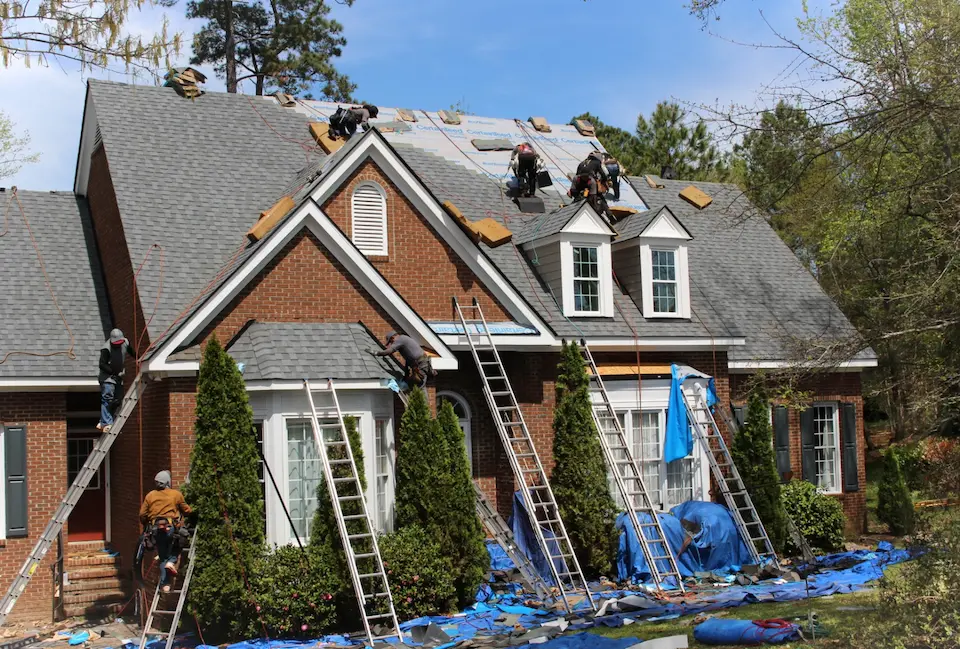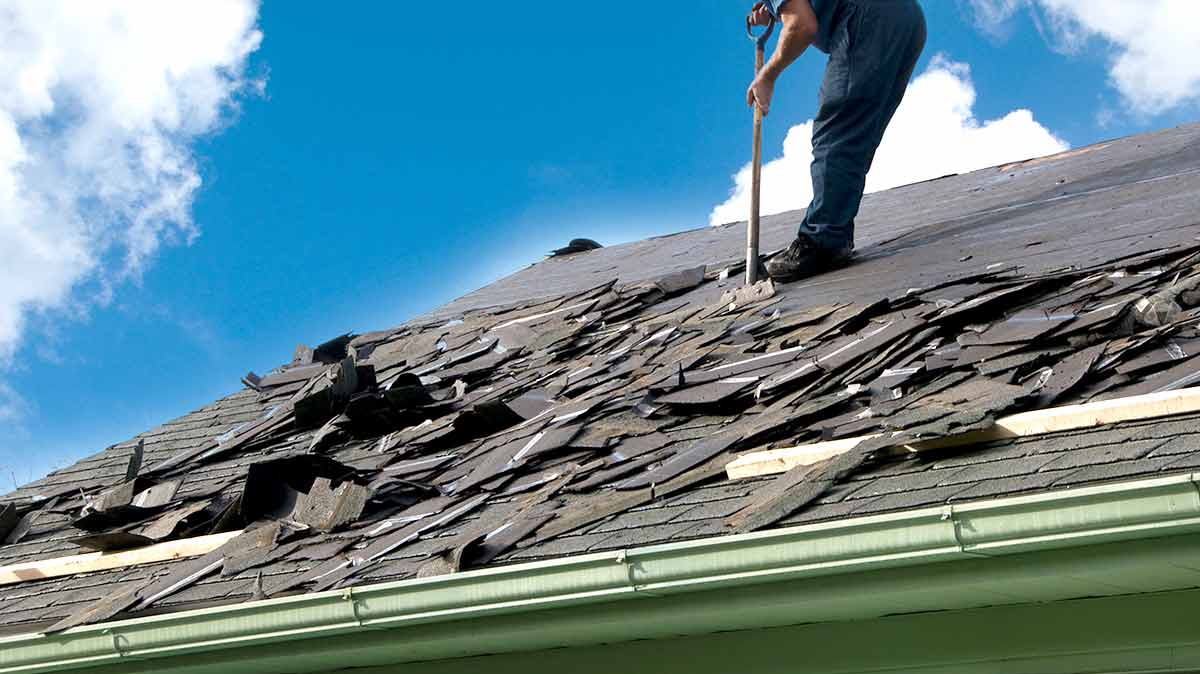New Roof Installment: Upgrade Your Home with a Resilient Roof
New Roof Installment: Upgrade Your Home with a Resilient Roof
Blog Article
Examining the most effective Roof Products for Replacement: A Detailed Evaluation of Sturdiness, Price, and Aesthetic Allure
Choosing the best roof covering product for replacement involves a careful analysis of numerous critical aspects, including durability, price, and visual appeal. Each alternative presents special benefits and drawbacks; as an example, asphalt roof shingles are affordable yet shorter-lived, while steel roofs assure longevity at a greater financial investment. Furthermore, the aesthetic effect of products like clay tiles can not be forgotten, regardless of their costs price factor. Recognizing how these aspects communicate can considerably influence the decision-making process. As we explore these aspects better, the ramifications for your particular circumstance become progressively pertinent.
Review of Roof Covering Products
As house owners significantly prioritize sturdiness and power performance, understanding the numerous roof covering materials available for replacement becomes essential. The selection of roofing materials straight impacts not only the visual appeal of a home but also its long-lasting efficiency and maintenance expenses.
Amongst the most common roof materials are asphalt shingles, metal roofing, and floor tile. Asphalt shingles are favored for their cost and simplicity of installation, making them a prominent option for many domestic applications. Metal roof, that includes materials such as steel and light weight aluminum, offers remarkable durability and power performance, usually showing heat and reducing cooling costs. Ceramic tile roof, typically made from clay or concrete, is valued for its longevity and visual appeal, offering a distinct look that can boost a home's value.
Additionally, newer materials such as synthetic shingles and green roof are gaining traction. Artificial choices resemble conventional materials while offering enhanced sturdiness and reduced maintenance requirements. Environment-friendly roof coverings, which integrate greenery, add to energy effectiveness and biodiversity.
Resilience Analysis
When assessing roof covering products for replacement, sturdiness is a crucial variable that home owners have to consider. The life-span and durability of roof covering materials straight affect long-lasting upkeep and substitute prices. Different materials display varying degrees of durability, making it essential to recognize their performance under ecological stress factors.
Asphalt shingles, while preferred for their cost-effectiveness, normally last 15 to 30 years and might require more frequent replacement due to wear and tear from UV direct exposure and severe weather. In comparison, steel roof covering supplies remarkable longevity, with a lifespan of 40 to 70 years and resistance to wind, fire, and insects. Additionally, clay and concrete floor tiles can withstand rough problems, commonly lasting longer than 50 years, although their weight requires a robust architectural support group.

Cost Comparison
Taking into consideration the economic ramifications of roofing materials is critical for home owners preparing a substitute. The cost of roof products can differ significantly based on aspects such as product type, installation intricacy, and local rates distinctions.
Asphalt tiles are among one of the most economical options, normally ranging from $90 to $100 per square (100 square feet), making them a popular option for budget-conscious home owners. In contrast, steel roofing can set you back in between $250 and $700 per square, relying on the kind of metal and surface picked. While metal roofs have a tendency to have a greater upfront cost, their durability and power performance may result in cost savings with time.
Clay and concrete tiles are also on the greater end of the spectrum, averaging between $300 and $600 per square. These products provide longevity and visual appeal however call for a substantial first financial investment.
Last but not least, slate roof covering, understood for its phenomenal durability and ageless look, can vary from $600 to $1,500 per square, making it the most pricey option. Homeowners must consider the initial prices against the anticipated lifespan and upkeep needs of each material to make an educated choice.
Aesthetic Factors To Consider
Aesthetic factors to consider play an essential role in choosing roof products, as the roof dramatically impacts a home's general look and curb allure. Home owners frequently look for products that match their building design and enhance the visual charm of their residential or commercial property. The shade, texture, and additional reading account of roof covering products can dramatically influence the general visual.
Products such as asphalt shingles provide a range of colors and designs, making them a preferred selection for property jobs. On the other hand, metal roof offers a streamlined, modern look and is available in numerous surfaces that can suit contemporary designs. Traditional choices like clay floor tiles or slate can stimulate an ageless elegance, appealing to those who prefer classic aesthetic appeals.
Home owners ought to additionally consider how the selected roof covering material interacts with all-natural light, as this can influence the roofing's appearance throughout the day. Inevitably, choosing visually pleasing roof materials calls for careful consideration of individual preference, architectural style, and the general vision for the home.
Final Recommendations
Choosing the ideal roof covering material can considerably improve a home's resilience and visual allure. roofing company. Based on our analysis of sturdiness, cost, and aesthetic variables, we advise three key alternatives for house owners thinking about a roofing replacement
First of all, asphalt shingles continue to be one of the most popular selection due to their affordability and adaptability. They supply an excellent balance of cost-effectiveness and security, making them ideal for many residential applications. Homeowners should consider their long life, as they usually last 15 to 30 years.

Finally, for those looking for an upscale visual, slate or tile roofing offers unparalleled elegance and longevity. These products come with a high rate tag, their life expectancy can go beyond 100 years, making them a deserving financial investment for deluxe homes.
Eventually, the finest option will depend on specific budget plan, visual preferences, and regional environment considerations. Homeowners must speak with a roof covering specialist to assess their particular needs.
Verdict
In final their explanation thought, picking the suitable roof material necessitates a careful evaluation of toughness, cost, and visual allure. Asphalt tiles offer a cost-efficient solution with moderate longevity, while steel roof stands out in resilience and energy effectiveness.
Report this page